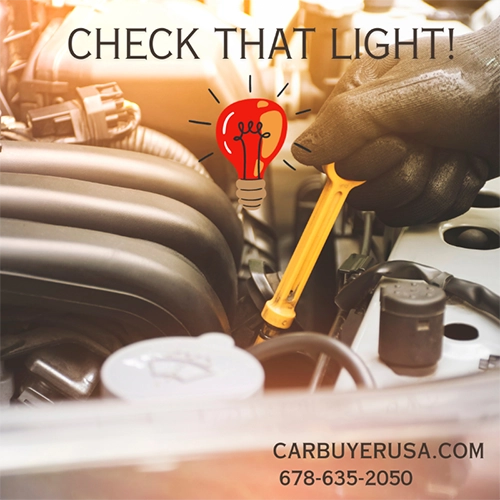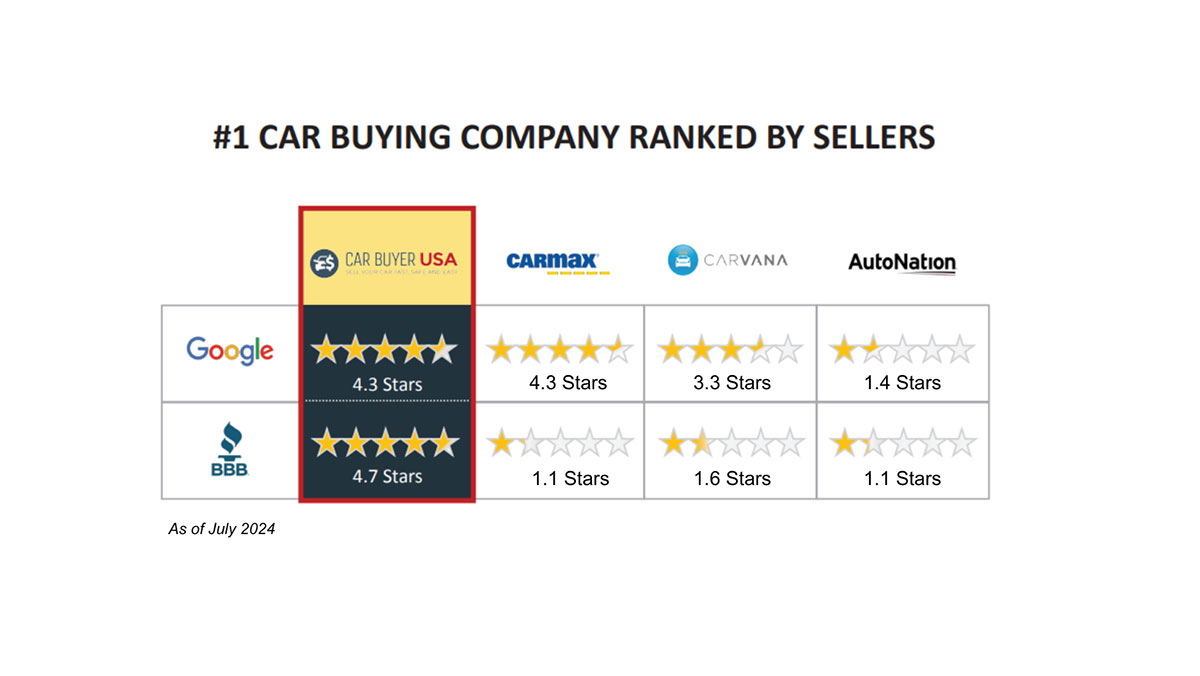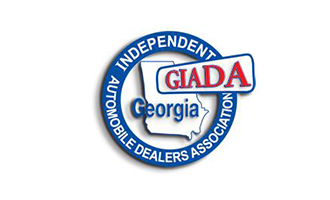
Greetings fellow code breakers and car confidantes! If you’ve made it through parts one and two of our check engine light exposition, congratulations–you’re officially an honorary automotive detective. In our thrilling trilogy conclusion, put on your best Sherlock Holmes cap as we dig deeper for the dashboard dings!
In parts one and two we discussed the possibility of the top 5 reasons for a check engine light (CEL) to be triggered to come on and getting multiple code readings from certified technicians. Here in part three, we are telling you, no we are pleading with you NOT to continue to drive your vehicle with an illuminated CEL. This little glow from the dashboard might seem like a minor concern, but the CEL is a crucial indicator that something is amiss within our vehicle’s complex system of components.
Continuing to drive with a lit light can intensify whatever those existing issues may be. What begins as a minor glitch or malfunction could escalate into a major problem that requires extensive and costly repairs. The longer the inevitable is postponed and the underlying issues are not addressed, the greater the risk of additional damage to your engine. The CEL often signals problems related to emissions, fuel efficiency, or other critical functions which can lead to decreased fuel efficiency and high fuel costs over time. Thankfully, modern vehicles are equipped with sophisticated diagnostic systems that can pinpoint specific problems, aiding your mechanic in accurately resolving the issue.
Another common concern associated with a triggered CEL would be the malfunctioning oxygen (02) sensor. These sensors, when bad, can disrupt the engine's air-fuel ratio and ignoring a faulty 02 sensor not only compromises performance but also risks damaging the catalytic converter, in turn draining your wallet. Addressing an 02 sensor promptly is crucial as one of the potential costly fixes being the catalytic converter, ranging from a few hundred dollars to over a thousand dollars or more.
We finish our sleuth duties with a slipping transmission, which could possibly be the most expensive repair to make. A slip indicates a failure to engage gears properly, leading to erratic and unpredictable vehicle behavior. This can result in sudden loss of power, stalling or difficulty accelerating, jeopardizing safety on the road. Continued driving can worsen the matter of concern causing irreparable damage. In conclusion, a swift diagnosis and repair will not only save money, but will also ensure a smooth, safe and reliable vehicle. CHECK THAT LIGHT!
Call for your quote at: 678-635-2050
Email us for more information at: info@carbuyerusa.com


